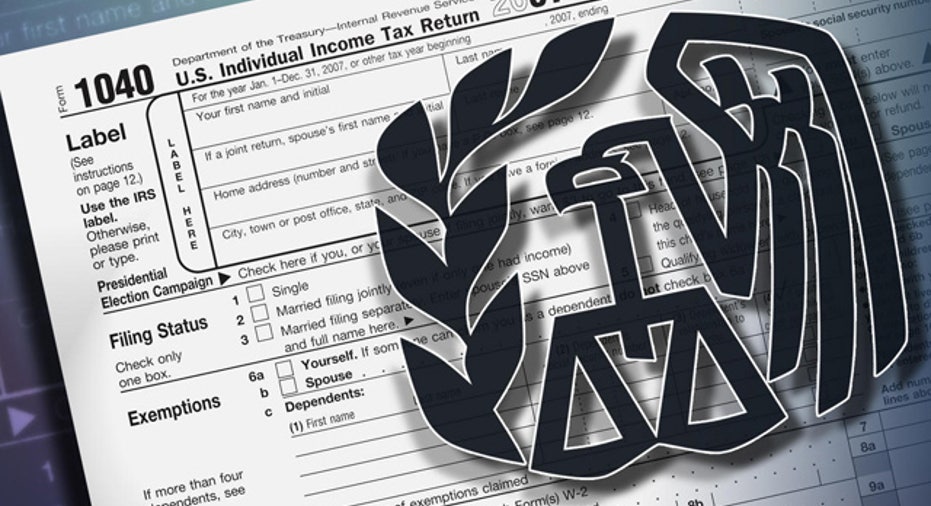The Fine Points of S Corporations

Since 1997, S corporations have been the most popular form of corporate tax return filed with the IRS. Over 3 million U.S. companies that are defined as small businesses “elect” S corporation status on IRS Form 2553 instead of filing their income tax returns as standard C corporations.
There are many benefits to S corporation tax treatment. Like standard C corporations, S corporations shield owners’ personal assets from unpaid debts (provided they are not personally guaranteed) and other business liabilities. With the exception of taxes on certain capital gains and passive income, an S corporation is exempt from federal income tax. This means that most S corporation profits and losses are “passed through” to the individual shareholders, just like a sole proprietorship.
In contrast, organizers of standard C corporations have to pay taxes on profits twice – once at the corporate level and again at the personal level to the extent that dividends are paid to shareholders.
Are there any draw backs to S corporations? Sure. Here is my list of tricky S corporation gotchas.
Employment tax-saving loophole. S corporations have long been used to reduce the employment taxes associated with S corporation shareholders who also draw a salary from the business. Of course, various employment taxes are due on wages paid to employees. To save on employment taxes, savvy S corporation shareholder-employees divide their compensation in two components: a modest salary where employment taxes are collected, and dividend payments in which no employment taxes are collected.
To close this loophole, the IRS now requires shareholder-employees to at least pay themselves a reasonable “market” salary before distributing dividends. Another way to limit the chances of a costly IRS audit is to make draw at least 60% of total compensation in the form of salary.
No corporate investors. S corporation shareholders must be U.S. residents, estates or certain trusts and partnerships. Today, large corporations in all industries view smaller entrepreneurial entities as a strategic source of innovation and market opportunity. Entrepreneurs who want to develop partnerships with U.S. or foreign corporations that involve equity won’t be able to keep their S corporation status with the IRS.
Domestic only corporation. To qualify as an S corporation, the business must be formed in the U.S. Foreign corporations can't elect to be S corporations for tax-saving purposes.
Limitation of losses. The IRS is on the hunt for entrepreneurs who create businesses that are largely designed to generate big losses, year after year. But unlike a sole proprietorship in which there really aren't too many meaningful restrictions on losses entrepreneurs can write off on their personal tax return, the IRS limits losses in an S corporation to the owner’s “basis,” or the cash or property investment in the stock.
Shareholder count. Whereas standard C corporations and Limited Liability Companies can have an unlimited number of shareholders, S corporations are limited to 100 shareholders (married couples can count as 1), making a public or large private offering to raise funds out of the question.
One class of stock. S corporations can issue only one class of stock. This requirement essentially shuts down funding potential from venture capital funds and knowledgeable private investors who typically insist on receiving a separate “preferred” class of stock with benefits over common stock shareholders.
Reinvestment of net earnings. With an S corporation, the IRS expects that shareholders will receive a dividend based on their pro-rata ownership share in the profits of a business. But what if an S corporation wants to reinvest the company’s net cash earnings back into the company to fund future growth rather than pay out excess cash as dividends to shareholders? S corporations can keep the cash, however the IRS will still expect to collect taxes on each shareholder’s pro-rata share of an S corporation’s net profits even if no cash is paid to shareholders. This nasty little tax collecting maneuver is called the “phantom income tax.”
Fortunately the IRS is practical enough to allow business owners the flexibility to convert a C corporation to an S corporation, or an S corporation to a C corporation, for income tax filing purposes. This change in status should only be considered with the guidance of qualified tax planning experts. One way or another, the IRS will look for sneaky opportunities to collect taxes, even back taxes, when entrepreneurs change their minds.
Susan Schreter is a 20-year veteran of the venture finance community and a university educator in entrepreneurship. She is the founder of www.takecommand.org, a community service organization that boasts of offering the largest centralized database of startup and small business funding sources in the U.S. Ask Susan your questions at susan@takecommand.org